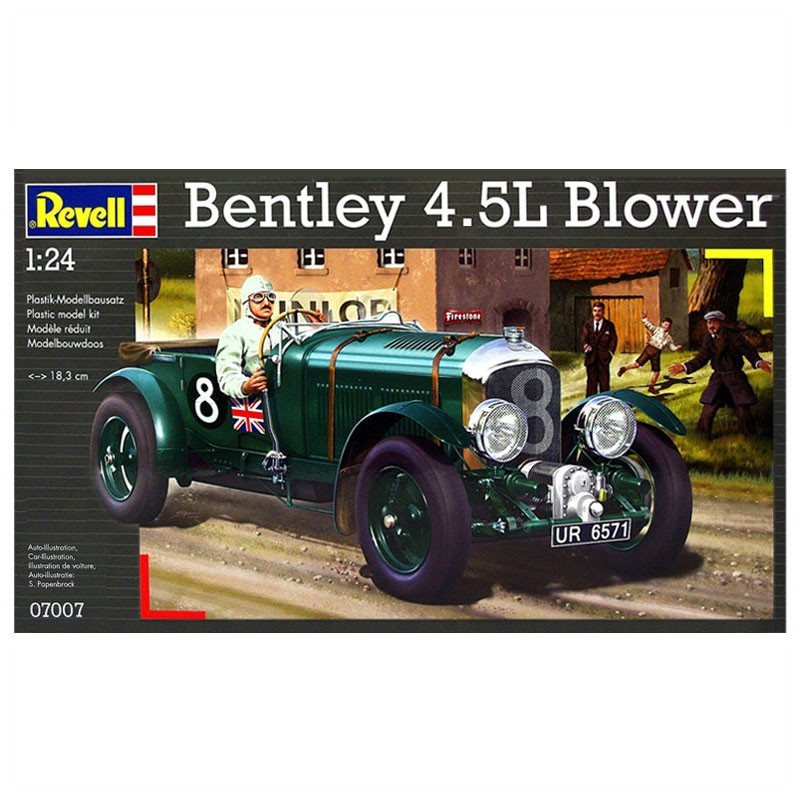Deagostini are a magazine, part-work, company that produces subscriber based magazine series. Nowadays, they focus on larger model vehicles, that are released piece by piece. However, in the past they provided complete models with each magazine issue.
Over the years they have released a a range of magazine / model collections covering famous manufactures of the past, such as Dinky Toys. Binders were also issued for the magazines.

The Dinky toys releases, comprised 70 issues, covering cars and vans based on original Dinky models. The series included French as well as British issued models. There seemed to be little logic in the choice of models issued. With no particular order or date sequence. This ended up pleasing nobody! finally, The magazine run ended in 2019. The original cover price was £7.99 and they were issued every two weeks.
However, The models seem to have been overproduced and the remaining stocks were bought by John Ayrey model wholesalers in the UK.
However,they are attractive models and are still widely available. At the time of writing we still have some in stock, follow the links. The listing below is in issue order.
#1. Triumph TR2 sports (111) UK series, estimate £12.00 (Original model issued 1956-59)

#2. Bedford 10 cwt Van ‘Kodak’ (480) UK series, estimate £12.00 (Original model issued 1954-56)

#3. Cabriolet Ford Thunderbird (555) French series (Original Model issued 1961-69)

#4. Volkswagon beetle (181) UK series, estimate £12.00 (Original model issued 1956-69)

The Jaguar XK 120 was issued in several colours, by Deagostini, some of which do not appear to be original.
#5. Jaguar XK120 coupe (157), green, estimate £15.00 (Original model issued 1954-60)

5c. Jaguar XK120 coupe (157) yellow & grey
#6. Fiat 600D (520) French series, estimate £12.00 (Original model issued 1960?)

7. Morris mini-traveller (197) UK series, estimate £12.00 (Original model issued 1961-70)

8. Citroen DS19 (24cp), French series, estimate £12.00 (Original model issued 1960?)

9. Citroen 2cv (24 t), maroon, French series, estimate £12.00

10. Berline 403 Peugeot (521) Light Blue, French series

11. Fiat 1800 Familiale (548) Light Green, french series

12. Volvo 122s (184) Lilac, UK Series original model 1961-64

13. Renault 4l (518) light blue, UK series, 1962-65

14. Fiat 1200 Grande Vue (531) French series light yellow & blue

15. Studebaker commander (24y) Blue & white French series

16. Renault dauphine minicab (268). French series 1962-67

17. Opel Kadett (540) French series

18. Aston Martin DB3S (110) Grey, UK series

19. Porsche 356A coupe (182) UK range, blue 1958-66

20. Coupe borgward isabella (549) French range

21. Dodge royal sedan (191) 1959-64 UK range.

22. Simca versailles (24z)
23. Ford zephyr saloon (162)
24. Renault fluoride (543)
25. Packard eight sedan (39a)
26. Renault r8 (517)
27. Lincoln premiere (532)
28. Auto-Union racing car (23d)
29. BMW 1500 (534)
30. Peugeot Esso van (25BR)
31. Ford vedette 54 (24X)
32. Jeep (25J)
33. Buick Roadmaster (24V)
34. Simca 5 (35A)
35. Citroen Traction 11 BL (24N)
36. Chevrolet Corvair (552)
37. Simca Aronde P. 60 (544)
38. Peugeot 203 (24R)
39. Austin Atlantic Convertible (106)
40. Opel Capitan (177)
41. Jaguar XK120 Coupe (157)3 Estimate £15.00, blue and maroon
45. Miroitier Estafette Renault (564)
46. Peugeot 403 Familiale (525)
47. Aston Martin DB3S (104)
48. Citroen ID 19 Break (539)
49. Peugeot 402 (24 k)
50. Simca 9 Aronde (24 U)
51. Morris Mini-Traveller (197)
52. Triportteur (14)
53. Morris Oxford Saloon (159)
54. Simca 1000 (519)
55. Peugeot 504 Cabriolet (1423)
56
57 Ford Taurus 559 lilac
58 Peugeot 203 24R lilac
59
60
61
62
63
64
65 Fiat 1800 station wagon
66 Renault R8 police car 517P
67
68
69
70 Volkswagen Karmann Ghia green/cream (187)
There were also three specials.






































































